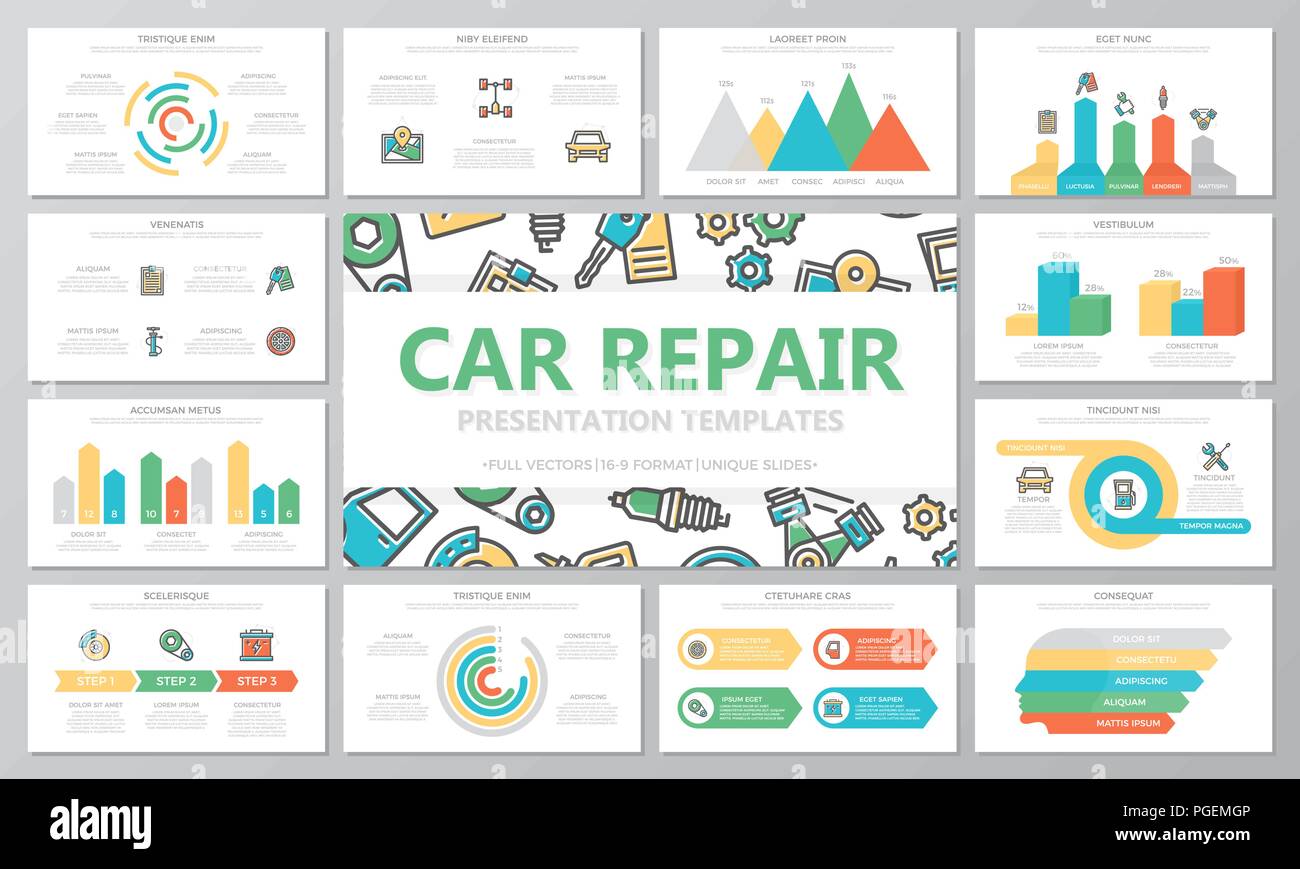Decoding Your Lorry'S Warning Indicators: What They Really Signify
Decoding Your Lorry'S Warning Indicators: What They Really Signify
Blog Article
Short Article Developed By-Lim Stark
When you lag the wheel, those beautiful caution lights on your control panel can be a bit bewildering. Do you know what they're attempting to inform you regarding your car's health and wellness? Recognizing the importance of these lights is vital for your security and the durability of your car. So, the next time one of those lights pops up, would not you wish to decipher its message accurately and take the needed steps to resolve it?
Common Warning Lighting and Interpretations
Identify typical caution lights in your car and comprehend their significances to ensure safe driving.
The most typical caution lights consist of the check engine light, which signals issues with the engine or discharges system. If https://transmission-oil-change40617.frewwebs.com/31800889/brace-yourself-for-an-eye-opening-exploration-of-vehicle-repair-service-including-unexpected-findings-that-will-certainly-alter-your-understanding-you-will-not-think-what-you-ve-been-missing-out-on comes on, it's critical to have your vehicle inspected immediately.
The oil stress warning light suggests low oil stress, calling for prompt attention to avoid engine damages.
A flashing battery light might recommend a defective charging system, possibly leaving you stranded otherwise addressed.
The tire pressure tracking system (TPMS) light notifies you to low tire pressure, impacting automobile stability and gas efficiency. Disregarding https://www.ratchetandwrench.com/articles/12401-federated-auto-parts-presents-sue-godschalk-with-prestigious-award can result in unsafe driving problems.
The abdominal light indicates an issue with the anti-lock stopping system, compromising your capacity to quit promptly in emergencies.
Finally, the coolant temperature level advising light warns of engine overheating, which can result in extreme damages otherwise resolved promptly.
Understanding these typical caution lights will certainly assist you address issues without delay and maintain safe driving problems.
Importance of Prompt Interest
Recognizing the typical caution lights in your vehicle is only the primary step; the relevance of promptly dealing with these warnings can't be highlighted enough to guarantee your security on the road.
When https://connerpjdxq.theisblog.com/31412701/important-equipment-that-every-auto-fixing-facility-must-include brightens on your dashboard, it's your automobile's means of interacting a potential issue that needs interest. Ignoring these cautions can bring about more serious troubles later on, jeopardizing your security and possibly costing you much more in repairs.
Trigger focus to warning lights can protect against breakdowns and accidents. For example, a blinking check engine light might indicate a misfire that, if left unattended, can cause damages to the catalytic converter. Resolving this promptly can save you from a pricey repair work.
In a similar way, a brake system warning light may signal reduced brake liquid or used brake pads, important components for your security when driving.
DIY Troubleshooting Tips
If you see a caution light on your control panel, there are a couple of do it yourself troubleshooting tips you can try before looking for specialist assistance.
The primary step is to consult your automobile's manual to understand what the certain caution light indicates. In some cases the concern can be as easy as a loose gas cap activating the check engine light. Tightening up the gas cap might deal with the trouble.
An additional common concern is a low battery, which can activate various advising lights. Examining the battery links for rust and guaranteeing they're safe might take care of the issue.
If a caution light continues, you can attempt resetting it by detaching the automobile's battery for a couple of mins and after that reconnecting it. In addition, examining your automobile's liquid levels, such as oil, coolant, and brake fluid, can aid repair warning lights associated with these systems.
Final thought
To conclude, comprehending your auto's caution lights is necessary for maintaining your automobile running smoothly and safely. By immediately attending to these informs and recognizing what they indicate, you can avoid expensive fixings and prospective malfunctions.
Remember to consult your cars and truck's manual for certain details on each warning light and act as necessary to make certain a hassle-free driving experience.
Keep informed, stay secure on the road!
